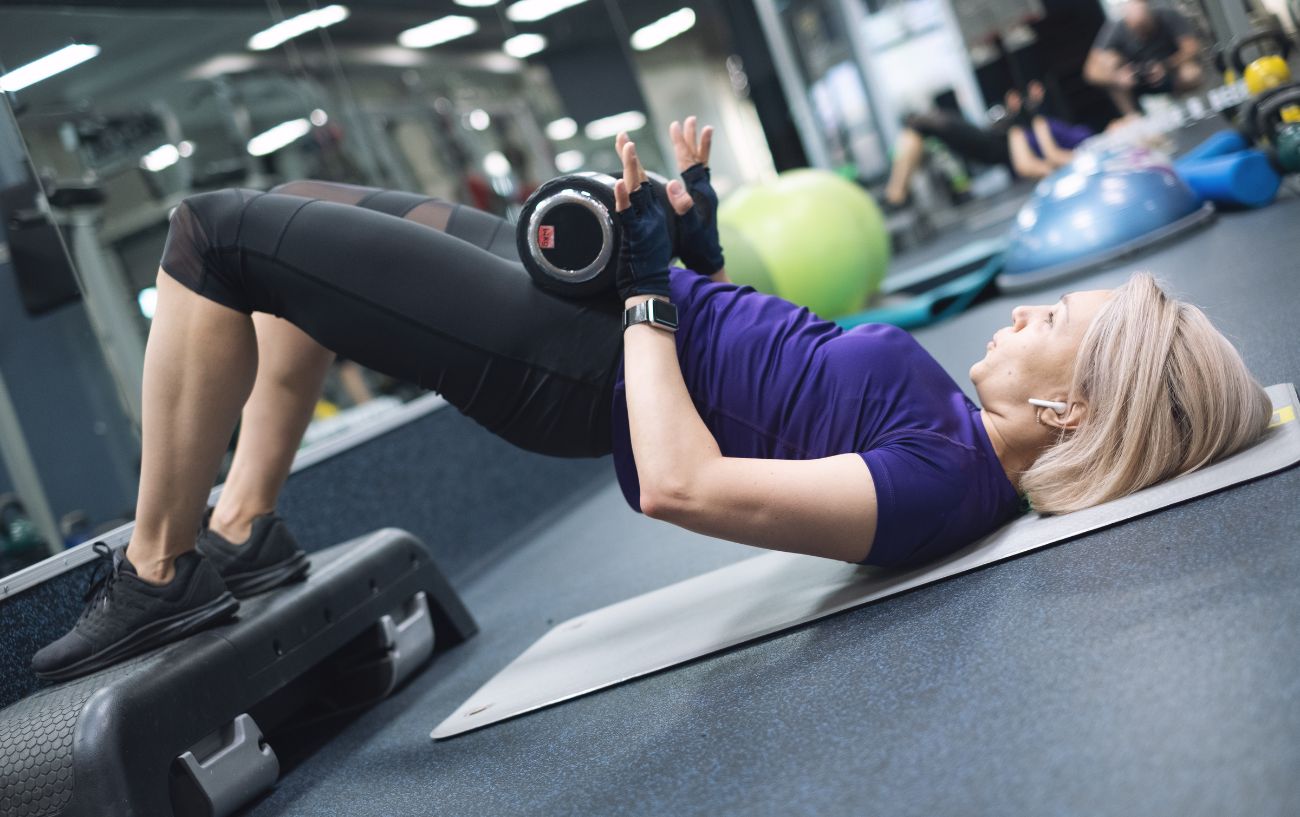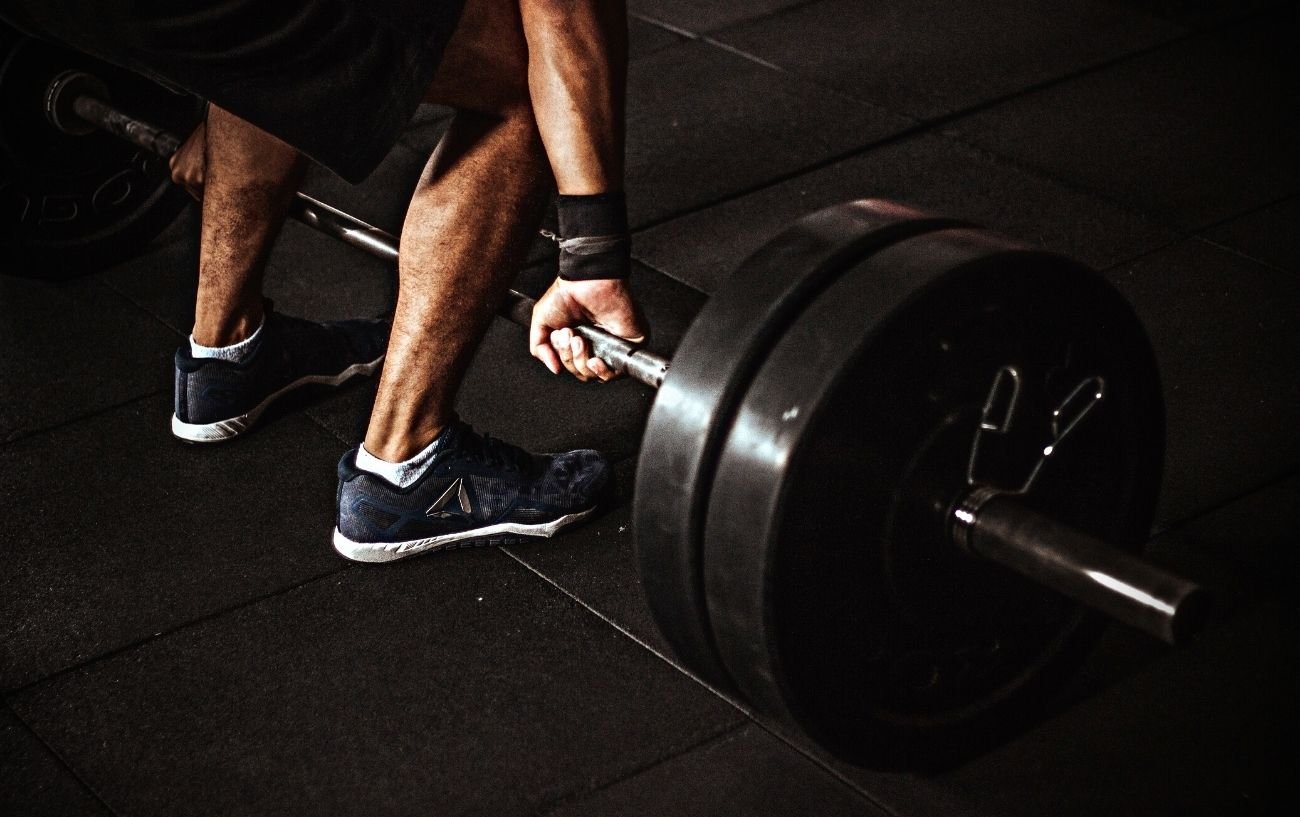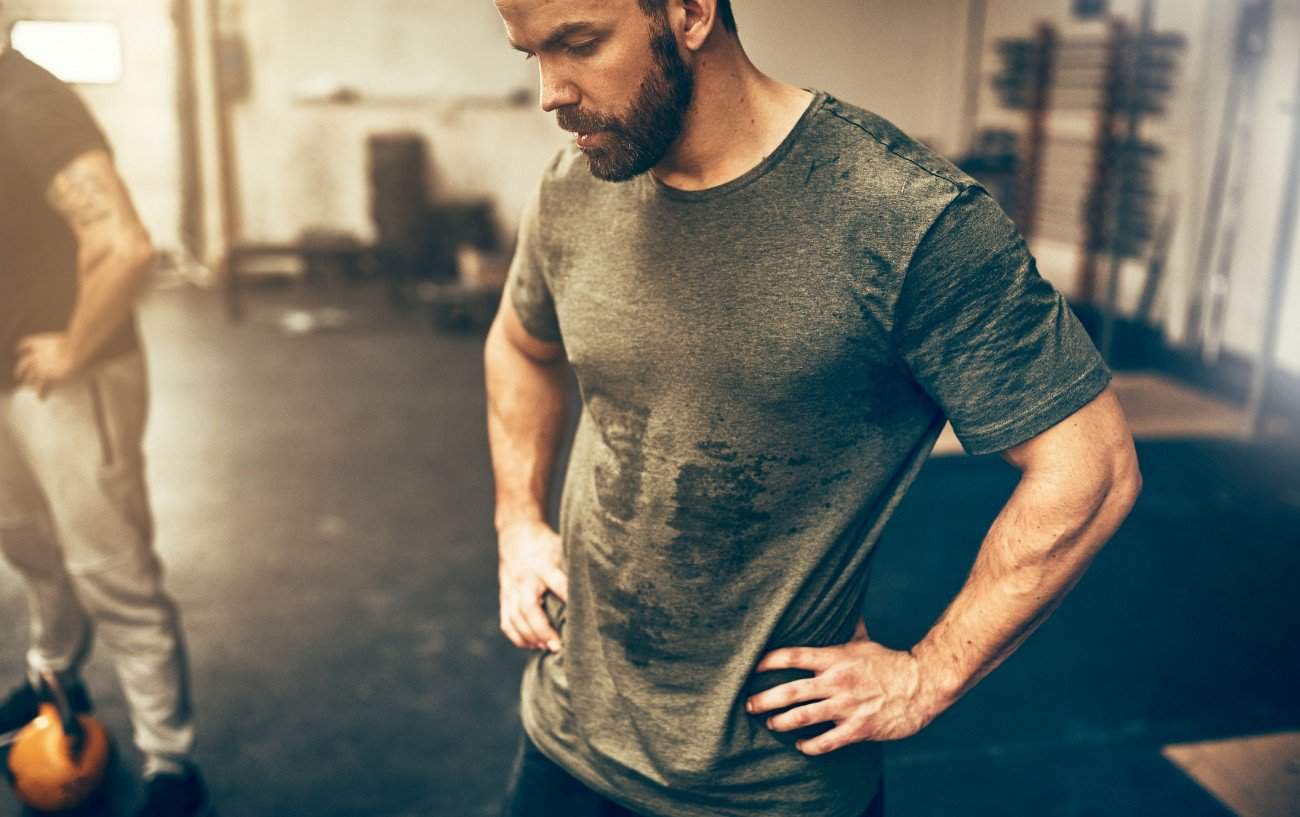Unless you have a really open schedule with lots of free time, you probably hit the gym for your workout with one main goal: efficiency.
Almost everyone wants to get the best workout they can in the least amount of time possible.
When it comes to your strength training routine, the best way to maximize efficiency is to perform compound exercises.
Although you might not be familiar with the terminology, there’s a good chance you’re already doing some compound exercises.
Compound exercises are moves that involve multiple muscle groups to perform, which is what makes them so efficient from a time standpoint.
But, there are a host of other benefits of compound exercises as well, which is why you’ll get the best “bang for your buck” by performing compound lifts and focusing on compound workouts.
In this article, we will discuss the benefits of compound exercises and the best compound exercises to incorporate into your workout routine to get stronger and fitter.
We will cover:
- What Are Compound Exercises?
- 6 Benefits of Compound Exercises
- When to Do Compound Exercises In Your Workout
- The 13 Best Compound Exercises to Increase Strength
Let’s get started!
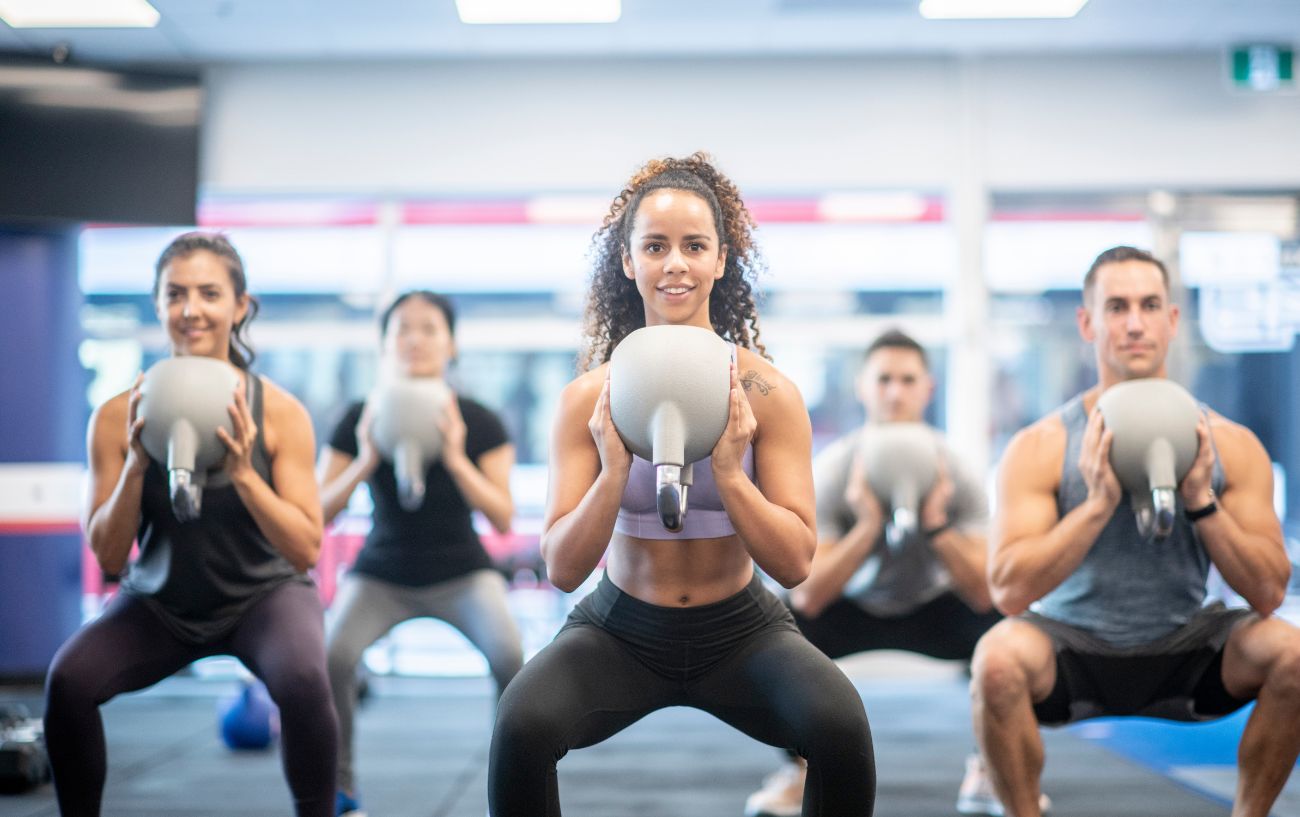
What Are Compound Exercises?
Compound exercises are movements that require two or more muscle groups that must work together to perform the movement.
They are usually multi-joint exercises as well, which means that performing the move requires movement in more than one joint.
Compound exercises are different from isolation exercises, which essentially train just one specific muscle group at a time.
An example of a compound exercise is a push-up because it works the pectoral muscles in the chest, the triceps in the arm, the deltoids in the shoulders, the core muscles, and your upper back.
The joint involvements of the elbow and shoulder are the “multi-joint” component of this compound movement.
In contrast, a bicep curl would be an example of an isolation exercise because it primarily targets only the biceps and requires only flexion and extension of the elbow joint.
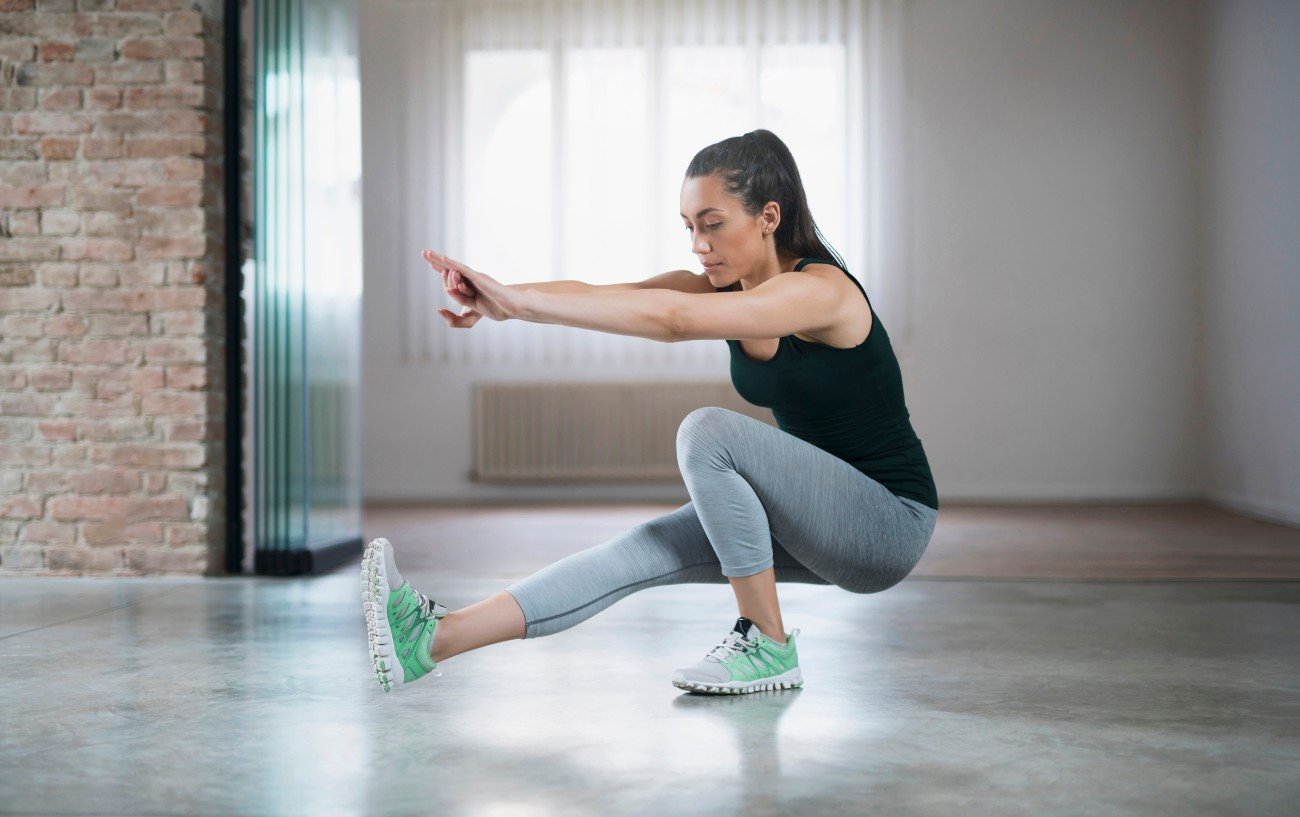
6 Benefits of Compound Exercises
#1: Compound Exercises Are More Efficient
As mentioned, one of the primary benefits of compound exercises is that they are time efficient.
Because you are working multiple muscle groups simultaneously, you can get a total body workout much faster than if you have to work each muscle group individually.
In other words, compound movements let you “double dip” a single exercise and use that one move as the way you train numerous muscle groups and check them off your list.
Fewer exercises to perform = a shorter workout.
#2: Compound Exercises Are More Functional
It’s pretty rare that an isolation exercise will mimic real-life movement patterns and activities.
Imagine yourself sitting in a leg curl machine, which isolates your hamstrings.
Where in your life outside of the gym are you sitting in some sort of chair and using your hamstrings to pull something towards your body?
Even if you think more broadly and just consider the fact that the exercise isolates the hamstrings, there are very few functional activities of daily living that would just require a single muscle group to perform.
Your hamstrings almost always work in concert with at least your glutes, if not also in opposition to your quads.
The same can be said for pretty much any muscle group in the body: most of our real-life activities of daily living require two or more muscle groups working in concert to execute the movement.
For this reason, compound exercises are functional movements that better prepare your body for things like walking, climbing stairs, getting in and out of a chair or car, carrying groceries, or reaching things up on the shelf.

#3: Compound Exercises Help You Build Strength
Although you can build strength with isolation exercises, compound exercises are particularly effective at increasing muscle mass and strength because the simultaneous engagement of multiple muscle groups allows you to lift more weight.
The greater the resistance or load you can use, the greater the stimulus to your muscles to adapt to your training.
#4: Compound Exercises Increase Your Heart Rate
By involving multiple muscle groups and multiple joints, compound exercises are demanding on the body and will elevate your heart rate more than isolation exercises.
If you sequence them together in a circuit training format with little rest in between each move, compound exercises can give a cardiovascular workout and increase your aerobic fitness while strengthening your muscles.
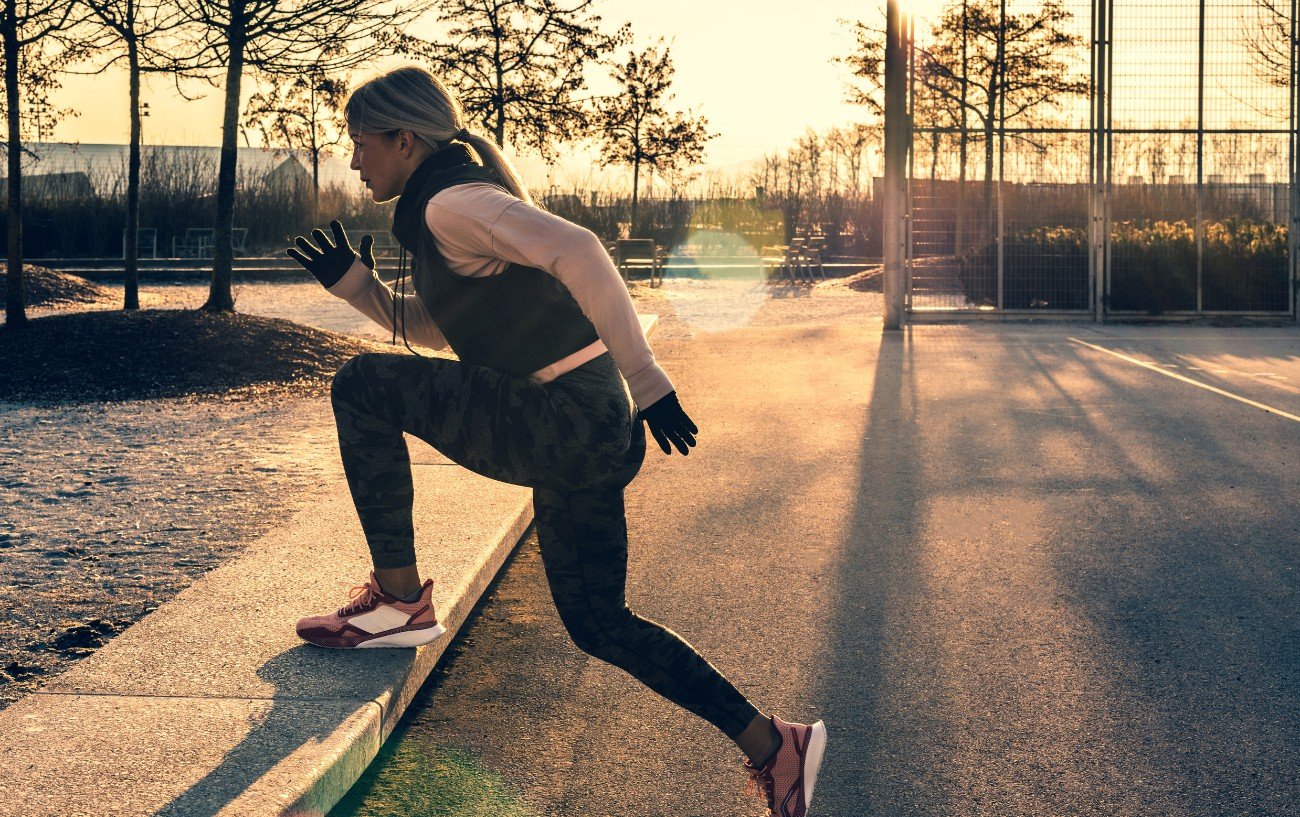
#5: Compound Exercises Improve Athletic Performance
Just as compound exercises translate better to functional movement requirements for everyday living, so too do they better prepare you for other athletic endeavors like running, jumping, and playing sports.
For example, the squat movement pattern is a compound exercise that mimics part of the sequence of actions in a jump.
Therefore, a training program with compound lifts can improve some of your sports-specific skills and general athletic ability, like sprinting speed and running form.
#6: Compound Exercises Burn More Calories
Compound exercises recruit multiple muscle groups, so they require more energy to execute and burn more calories than isolation exercises.
Because you are using multiple muscle groups, you can also lift heavier weights, which means that the intensity of the exercise increases, and you can burn through more muscle glycogen.

When to Do Compound Exercises In Your Workout
The beauty of many compound exercises is that they are some of the key foundational movement patterns in resistance training, so learning how to perform them will give you a great starting place to build upon.
There are ways to progress and regress basic compound exercises, such as squats, push-ups, lunges, dips, and deadlifts, based on your fitness and level of experience.
For this reason, compound exercises can be a safe and effective option for beginners and experienced athletes alike.
Because of the efficiency and functional nature of compound exercises, it’s quite common to only include compound exercises in your workout routine.
However, some athletes also like to perform a few isolation exercises to target specific muscles.
In these cases, it is typically best to perform the compound exercises first or earlier in the lineup of your workout, ending with isolation exercises.
Doing the compound exercises first ensures you have maximal strength, energy, and focus for the more rigorous exercises.
Neuromuscular fatigue can reduce your performance and increase the risk of injury with heavy or challenging compound lifts.
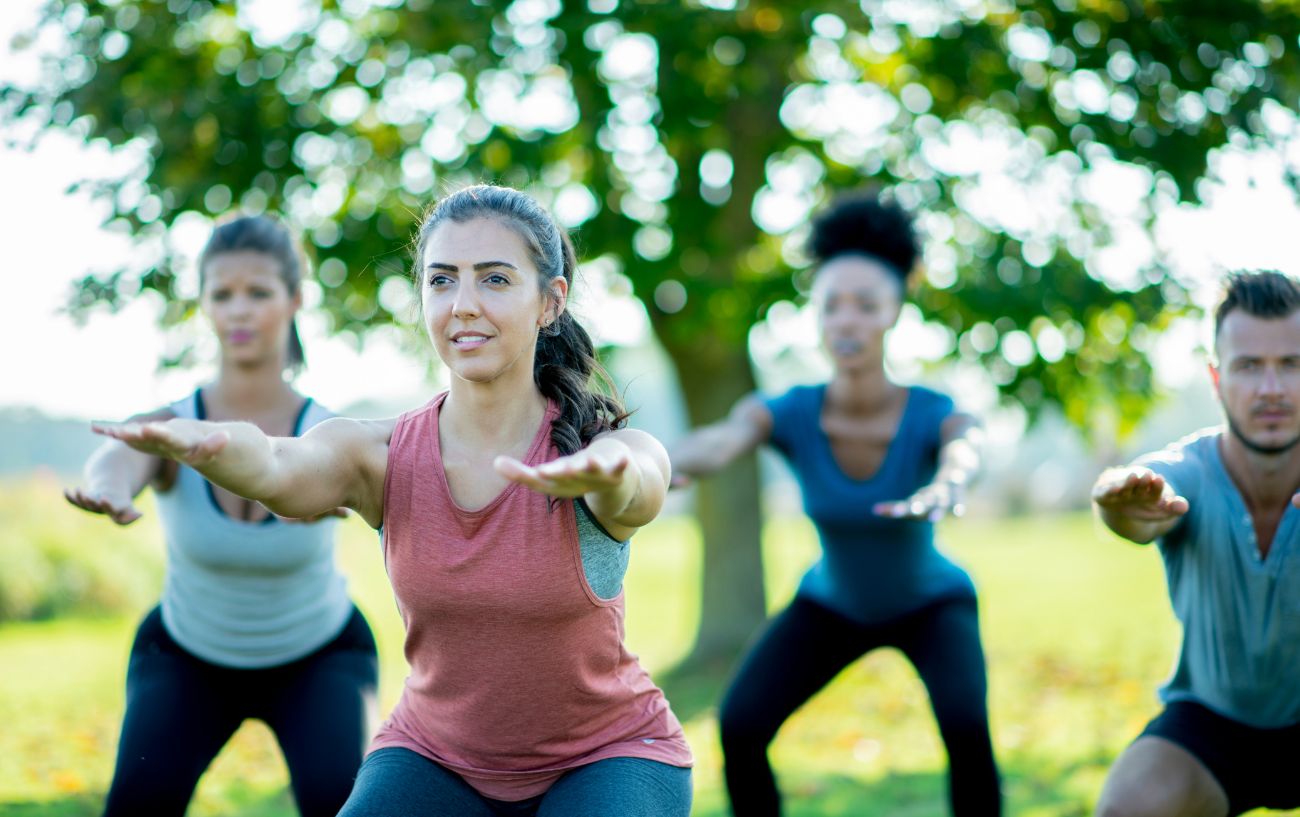
The 13 Best Compound Exercises to Increase Strength
#1: Squats
Squats are undoubtedly one of the foundational movement patterns everyone should learn.
This compound exercise uses your glutes, quads, hamstrings, and core.
You can progress, regress, and modify the basic squat based on your needs.
Bodyweight squats are good for beginners while adding weight and doing variations such as back squats, goblet squats, and sumo squats will help advanced athletes build more strength.
#2: Pull-Ups
Pull-ups are a great bodyweight compound exercise.
They target the lats, traps, rhomboids, deltoids, triceps, and core. If you use the pronated grip (chin-ups), you’ll work your biceps and abs more than your triceps and back.
Pull-ups also improve your grip strength.
If you’re not yet strong enough to do a pull-up, you can use an assisted pull-up machine or a thick resistance band under your legs to offload some of your weight.
You can progress the move by wearing a weighted vest, chains, or weight plates.
#3: Bench Press
Bench press with a barbell or chest press with dumbbells is a great way to strengthen the chest, shoulders, back, triceps, and biceps.
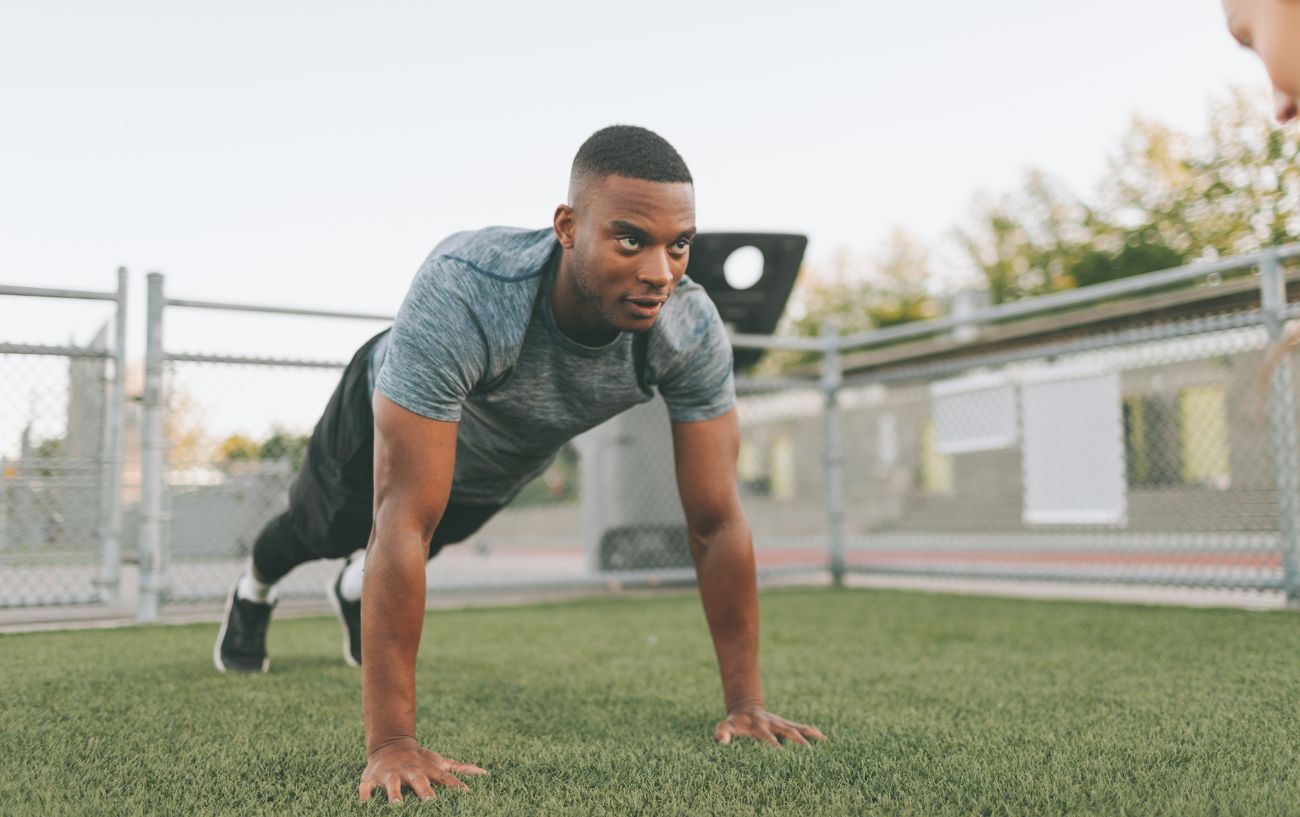
#4: Push-Ups
Push-ups are essentially the same motion as the bench press, but they’re a bodyweight exercise.
Because you’re not lying supported on a bench, you’ll also activate your core and glutes more than on a bench.
You can easily modify push-ups by doing them up against a wall or from your knees.
#5: Deadlifts
Whether you choose to do barbell deadlifts or use dumbbells for bilateral or single-leg deadlifts, this compound exercise is a fantastic way to strengthen the posterior chain muscles, like your hamstrings, glutes, and back.
#6: Step-Ups
Step-ups are an excellent functional compound exercise that builds strength, power, and explosiveness that can translate to running, jumping, and general sports performance.
Step-ups strengthen your glutes, hamstrings, calves, quads, and core. You can also combine a step-up with an overhead press for a total-body exercise.
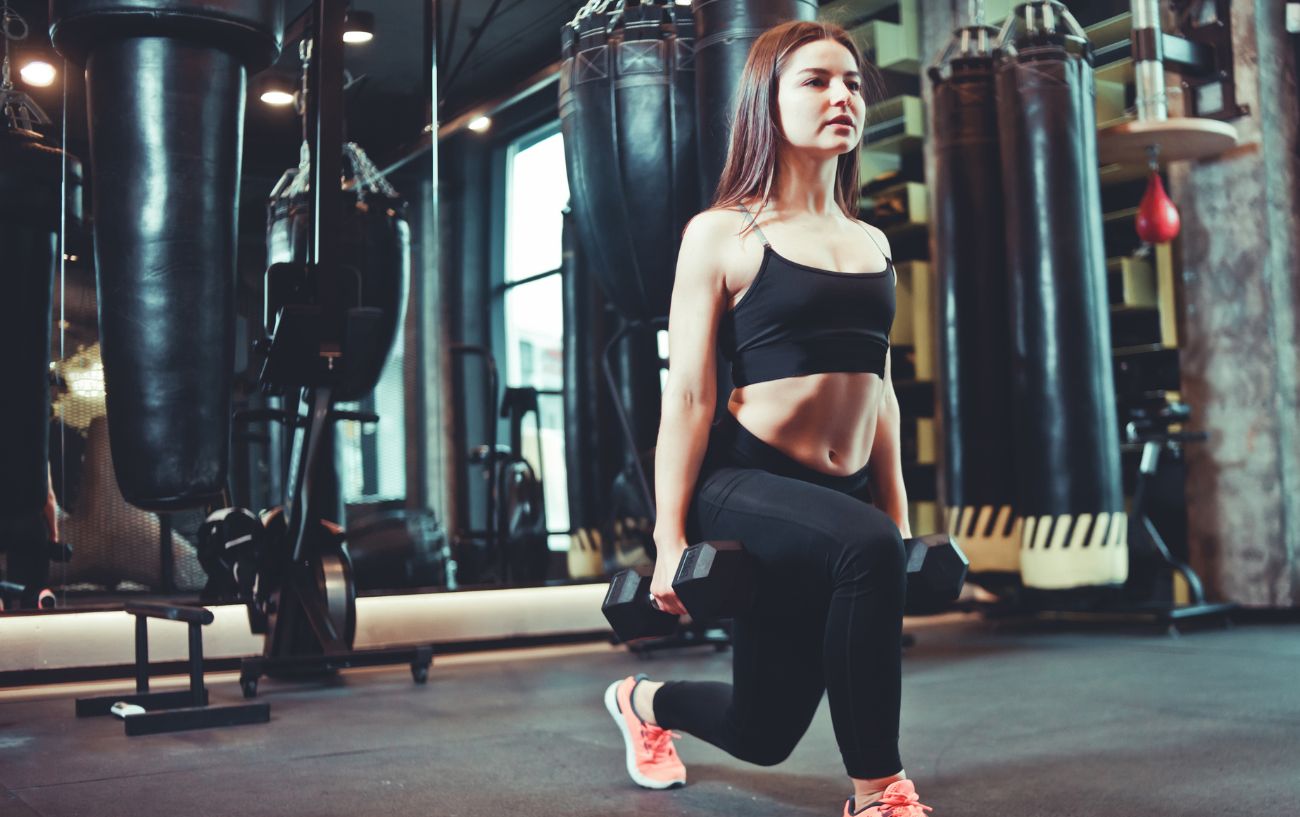
#7: Lunges
A lunge, split squat, or Bulgarian split squat works similar muscles as the squat, but it challenges your core and balance more because your base of support is much narrower.
There are lots of varieties of lunges as well, including forward lunges, reverse lunges, rear foot-elevated lunges, and lateral lunges, which will modify the exact muscular demand and movement pattern.
#8: Dips
There are many ways to modify dips if you’re not yet strong enough to do full bodyweight dips on parallel bars, including the assisted dip machine or straight-leg or bent-knee bench dips.
Either way, you’ll strengthen your pectoral muscles, triceps, core, and back.
#9: Rows
Dumbbell rows, barbell rows, bent-over rows, and inverted bodyweight rows are all versions of this functional compound exercise.
Incorporating rows into your workout routine is a great way to include a “pulling” counterpart exercise to the “pushing” or “pressing” motion used with the more popular push-ups or bench press exercises.
Your workout program should be well-rounded, including exercises and movement patterns that balance the strength demands of opposing muscle groups to prevent muscle imbalances and functional deficits.

#10: Overhead Press or Military Press
These are both fantastic compound exercises for the shoulders, upper back, chest, and abs.
If you choose to do the overhead shoulder press, you can perform the exercise unilaterally, which further increases core activation.
#11: Barbell Hip Thrusts
This compound lift is a good way to target the glutes, hamstrings, core, and hip flexors under a load.
#12: Medicine Ball Chops
Medicine ball chops are a compound exercise that targets the rectus abdominis, obliques, shoulders, arms, and back.
You can do front chops and diagonal chops to target different core muscles.

#13: Compound Core Exercises
Exercises like V-ups, bird dogs, dead bugs, Russian twists, and bicycle crunches are compound core exercises that utilize the abs and spinal stabilizing muscles, along with other supporting muscles, depending on the specific move.
Keep in mind you can further increase the compound nature of compound lifts by combining two compound exercises in one move.
For example, you can perform a lateral lunge and bicep curl simultaneously or a lunge or squat with an overhead press.
These super compound exercises take your workout efficiency to a whole new level!
If you want to add some compound workouts to your training program, check out our massive list of compound exercises here!
